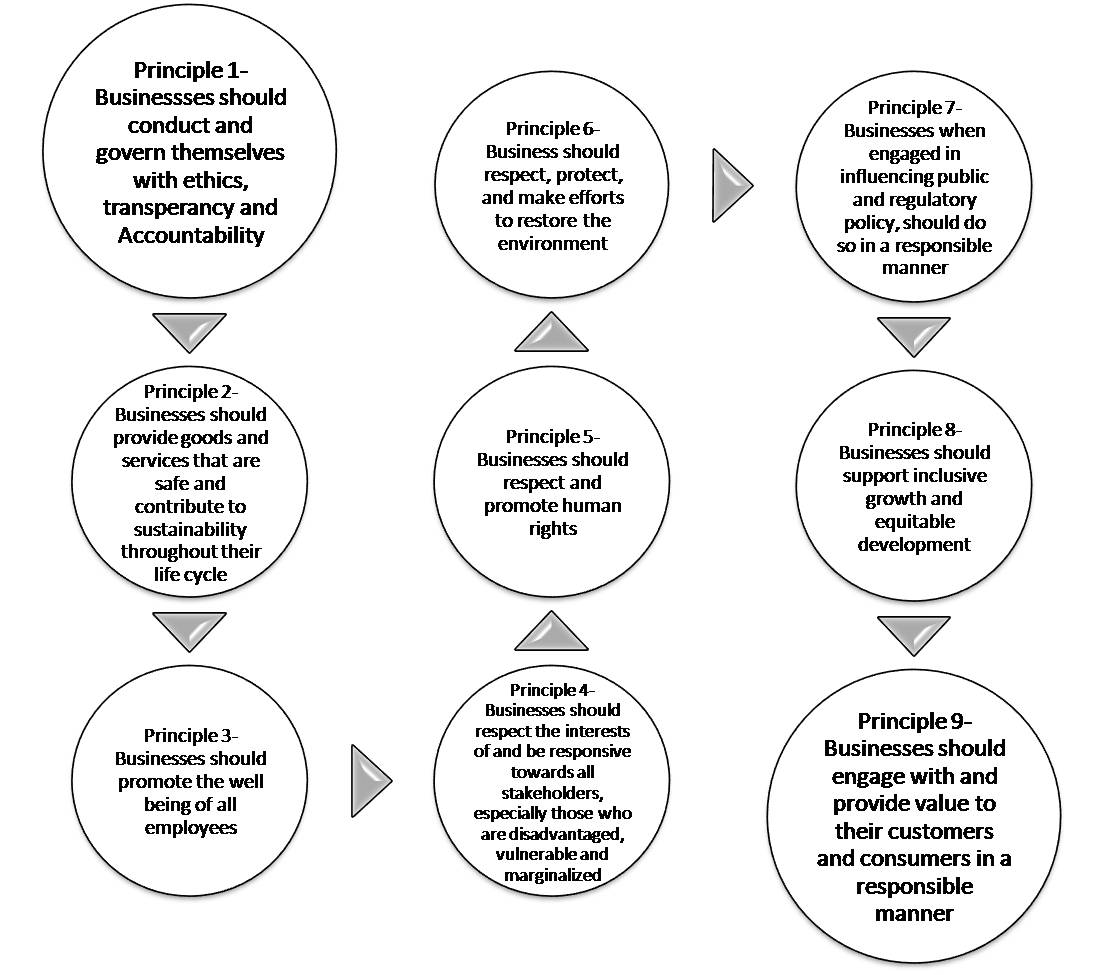India’s initiatives for sustainable agriculture
Several initiatives have been taken in India to improve the resilience of agriculture to climatic variations and to make agriculture more adaptive reported PIB. In the course of these attempts are made to cut down the carbon emissions. Here, the major initiatives involve crop diversification program under Rashtriya Krishi Vikas Yojana (RKVY), Bringing Green Revolution to Eastern India (BGREI), National Food Security Mission (NFSM). According to PIB report, under one of the eight National Action Plan for Climatic Change (NAPCC) missions, the National Mission for Sustainable Agriculture (NMSA), many supporting programs including Paramparagat Krishi Vikas Yojana (

Some of the practices which help in cutting down the carbon emissions include:
- Providing an alternative to transplanted paddy by increasing System of Rice Intensification (SRI) area.
- Using zero tillage drill machine and other residue management machines to plant rabi crops in the residue of rice crop without having to burn them.
- Rice cultivation by direct seeding, alternate wetting and drying, integrated nutrient management, using slow release nitrogen fertilizers, using super granules of urea, applying nitrogen based on leaf color chart etc.
- Making Neem coating of urea mandatory.
- Promotion of micro irrigation under Pradhan Mantri Krishi Sinchai Yojana (PMKSY)-Per Drop More Crop.
- Planting trees under NBM, BGREI, SMAF, NFSM schemes.
- Development of 45 Integrated Farming system (IFS) models for replication in Krishi Vigyan Kendras (KVKs) and in States for climate resilient agriculture facilitation.
- Development of one climate resilient village in each of the 151 districts by the Indian Council of Agricultural Research (ICAR). Preparation of a climate vulnerability atlas under National Innovations in Climate Resilient Agriculture (NICRA). Development of district agriculture contingency plans for 633 districts to provide agro advisories in real time and help overcome risks related to climate.
In November of 2017, the Ministry of Power brought a policy for using biomass for generating power. According to this policy with the exception of units having tube and ball mills, all the private and public fluidized bed and pulverized coal units across India would assess technical and safety aspects and try to use 5-10% blend of agricultural residual based biomass pellets along with coal. In line with this, the Central Electricity Authority (CEA) also issued an advisory to the power plant utilities, power equipment manufacturers, State Governments and other stakeholders promoting utilization of biomass pellet.
In the meeting held on November 15th 2018, the Ministry of Power decided that Haryana and Punjab states would bid for all coal based thermal power plants to use 5 to 10% of biomass pellets fired along with coal.
To support Haryana, Uttar Pradesh, Punjab, NCT of Delhi government efforts in addressing air pollution related issues as well as subsidizing the machinery needed for in-situ crop residue management, Rs. 591.65 crores for 2018-19 and Rs.560.15 crores for 2019-20, totaling to Rs. 1151.80 crores from Central funds has been allocated towards the newly launched Central sector scheme on ‘Promotion of Agricultural Mechanization for In-Situ Management of Crop Residue in the States of Haryana, Uttar Pradesh, Punjab and NCT of Delhi’.
During 2018-19, Rs. 269.38 crores funds have been released to the Government of Punjab, Rs. 137.84 crores to Government of Haryana and Rs. 148.60 crores to the Government of Uttar Pradesh. These funds are released for undertaking Information Education and Communication activities for raising awareness among the farmers, distributing machinery to farmers on subsidy for in-situ crop residue management, establishing Custom Hiring Centres (CHCs) for the machinery to manage in-situ crop residue.
Through the various efforts under the Central Sector Scheme on ‘Promotion of Agricultural Mechanization for In-Situ Management of Crop Residue in the State of Uttar Pradesh, Punjab, Haryana and NCT of Delhi, compared to 2017, the paddy residue burning events have reduced by 29.5% in Haryana, 24.5% in Uttar Pradesh, 11% in Punjab as per satellite data.



